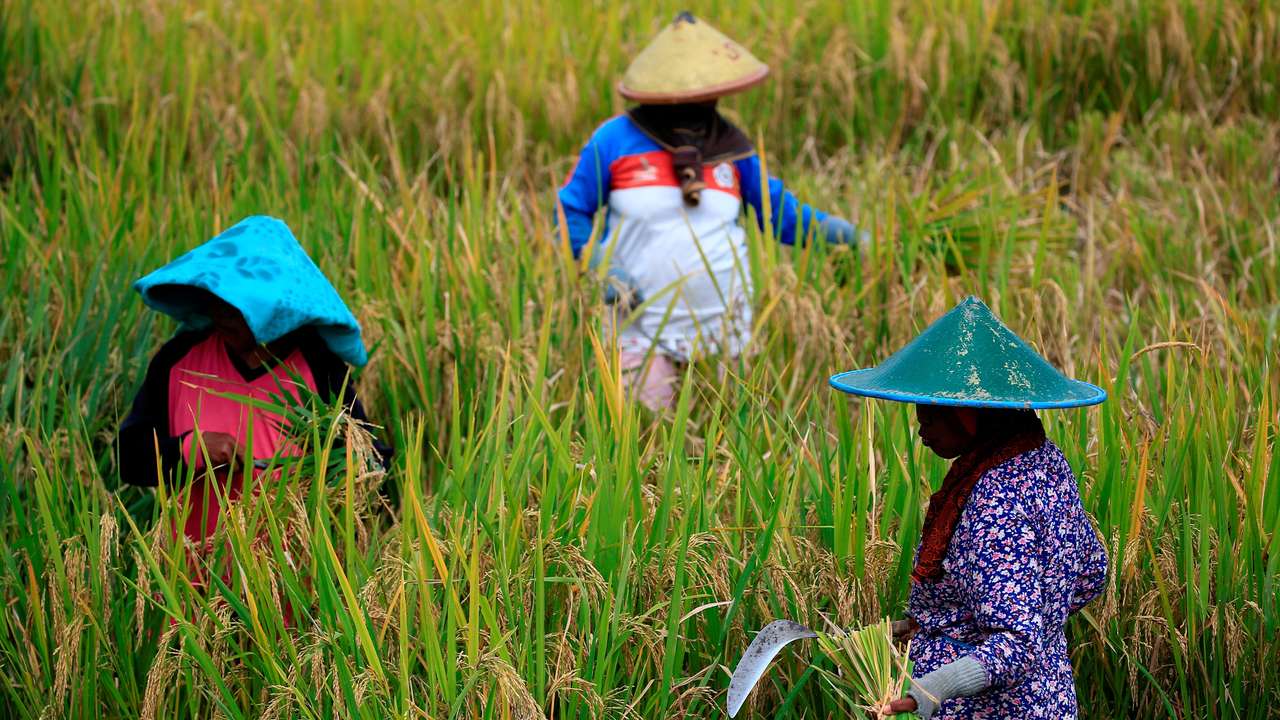5 African countries with the lowest food inflation in mid-2024

For a long time, food inflation levels have been the most difficult to control or reduce on the African continent.
Some countries still struggle with very high food inflation rates that have made living hard for inhabitants. According to the 2024 World Bank Food Security Update, Malawi and Nigeria rank first and second with food inflation of 40.7% respectively on the list of countries with the highest food inflation in Africa.
“Domestic food price inflation remains high in many low- and middle-income countries. Inflation higher than 5% is experienced in 59.1% of low-income countries (no change since the last update on May 30, 2024), 63% of lower-middle-income countries (no change), 36% of upper-middle-income countries (5.0 percentage points higher), and 10.9% of high-income countries (3.6 percentage points lower). In real terms, food price inflation exceeded overall inflation in 46.7% of the 167 countries where data is available,” the World Bank states.
However, as of July 1, 2024, the same report highlights that several African countries have maintained impressively low food inflation rates, providing economic stability and relief to their populations.
Here are the top five countries leading the way:
1. Rwanda
Rwanda tops the list with a food inflation rate of -3.5%. This negative inflation indicates a decrease in food prices, which is a significant achievement for the country. Rwanda's effective agricultural policies and investments in food security have played a crucial role in achieving this milestone.
2. Uganda
Uganda follows with a food inflation rate of -1.4%. The country's focus on improving agricultural productivity and reducing post-harvest losses has contributed to this low inflation rate. Uganda's efforts to support smallholder farmers and enhance food distribution networks have also been pivotal.
3. Morocco
Morocco has managed to keep its food inflation rate at -1.2%. The government's initiatives to modernise agriculture, coupled with favourable weather conditions, have helped stabilise food prices. Morocco's strategic food reserves and efficient supply chain management have been instrumental.
4. Seychelles
With a food inflation rate of -0.4%, Seychelles stands out as an island nation that has effectively managed its food supply. The country's reliance on imports necessitates robust policies to control food prices, and Seychelles has successfully implemented measures to ensure affordability and accessibility.
5. Central African Republic
The Central African Republic (CAR) has achieved a food inflation rate of 0.0%, indicating stable food prices. Despite facing numerous challenges, including political instability, CAR has made strides in improving food security through international aid and local agricultural initiatives.